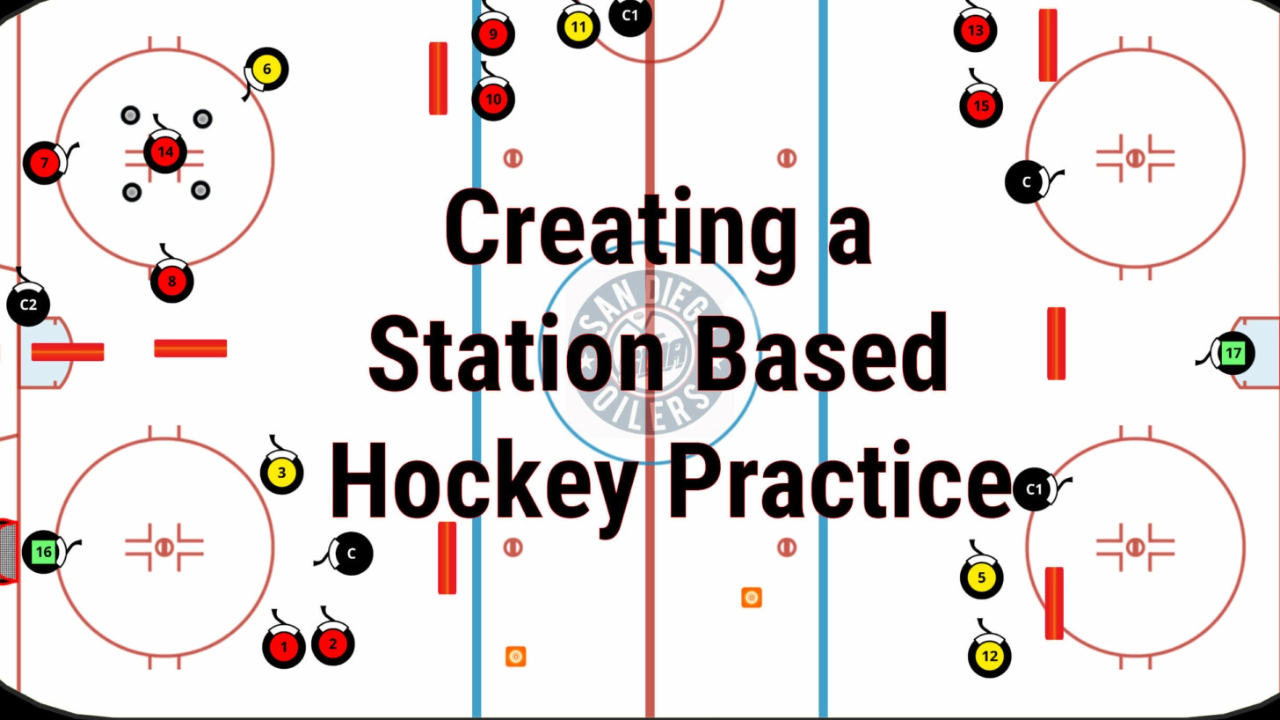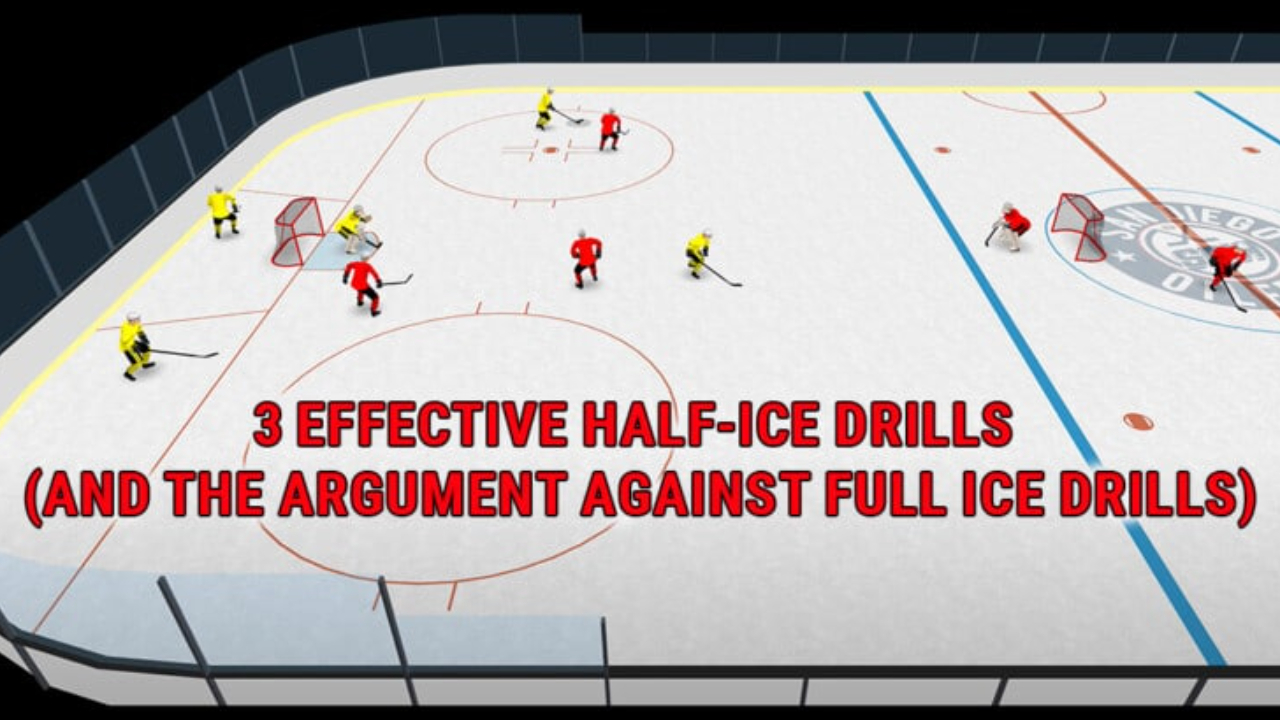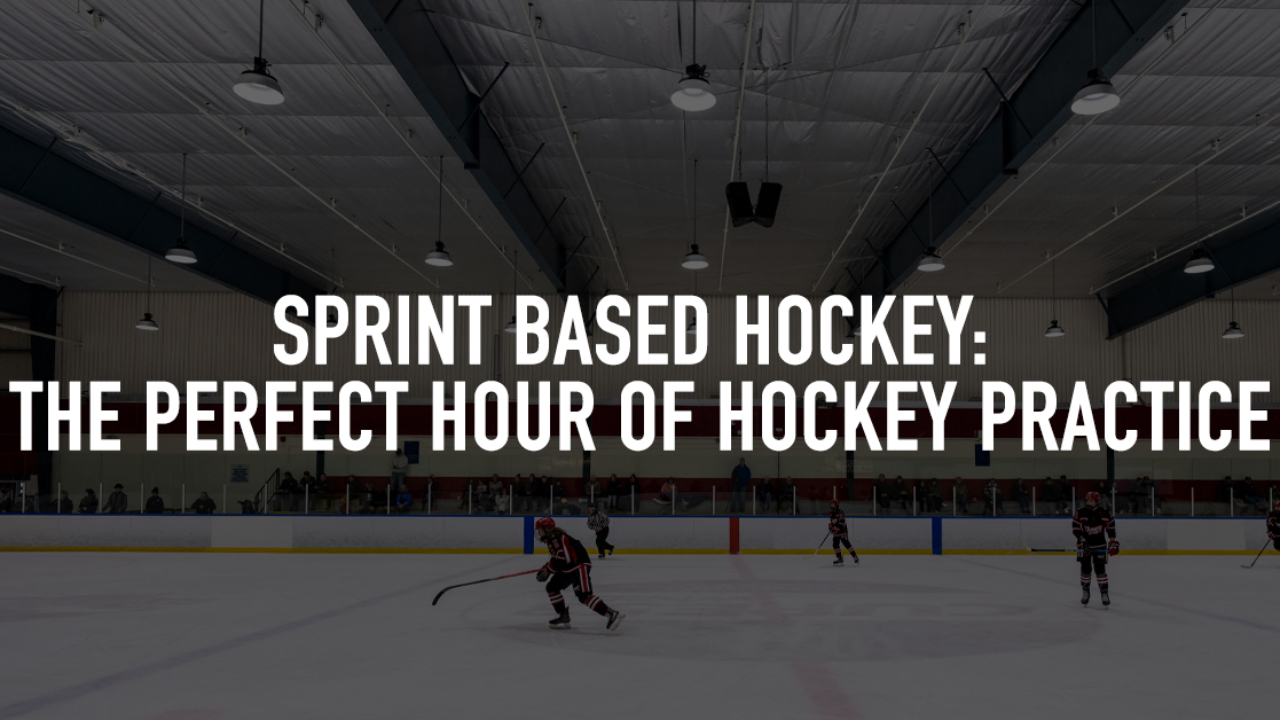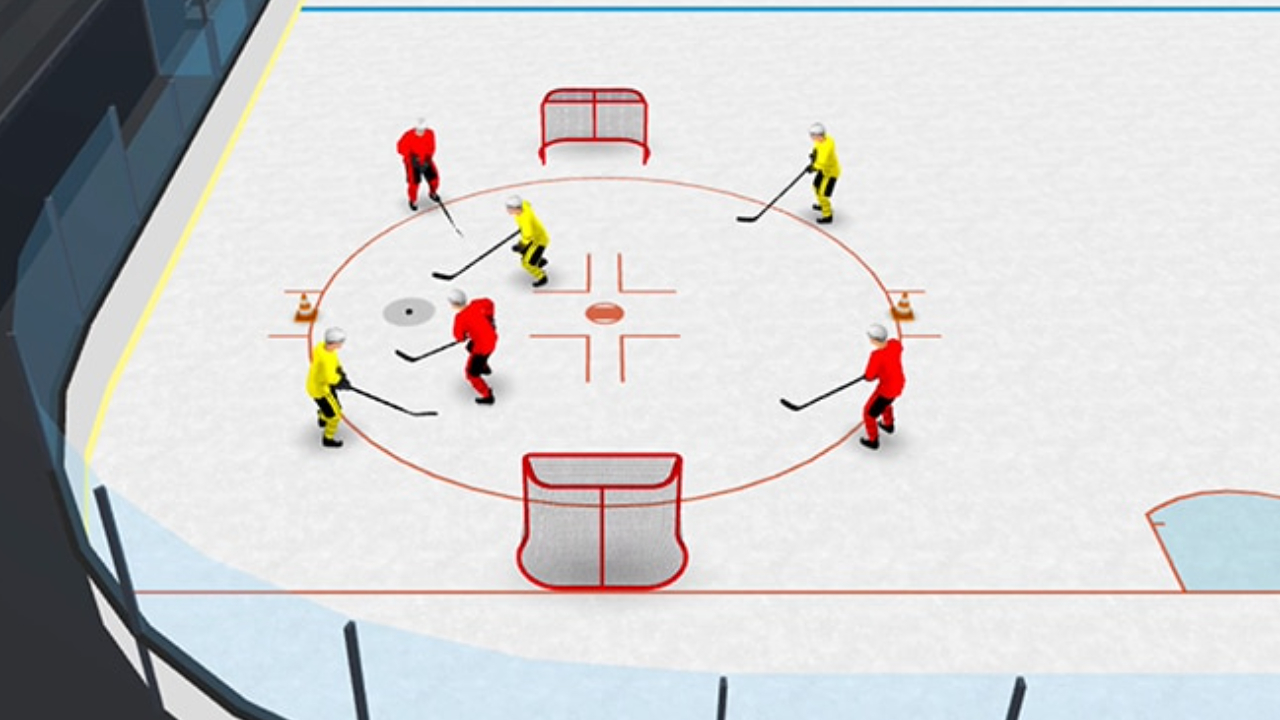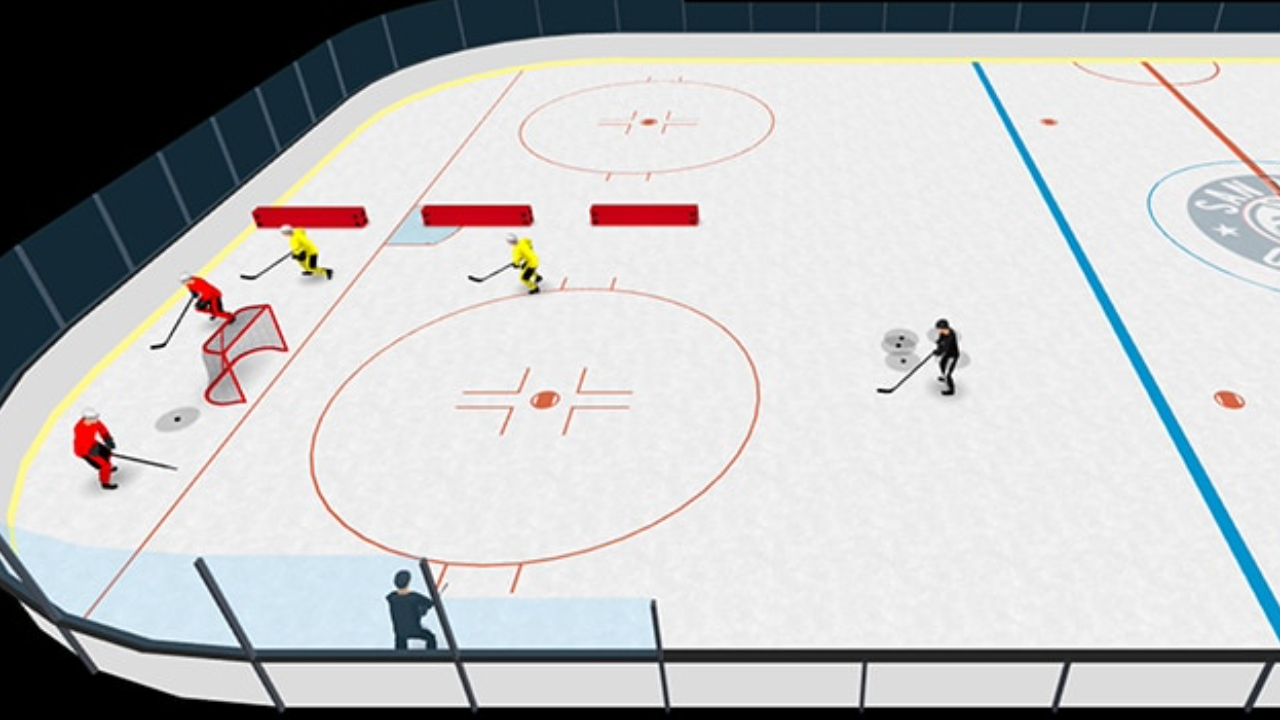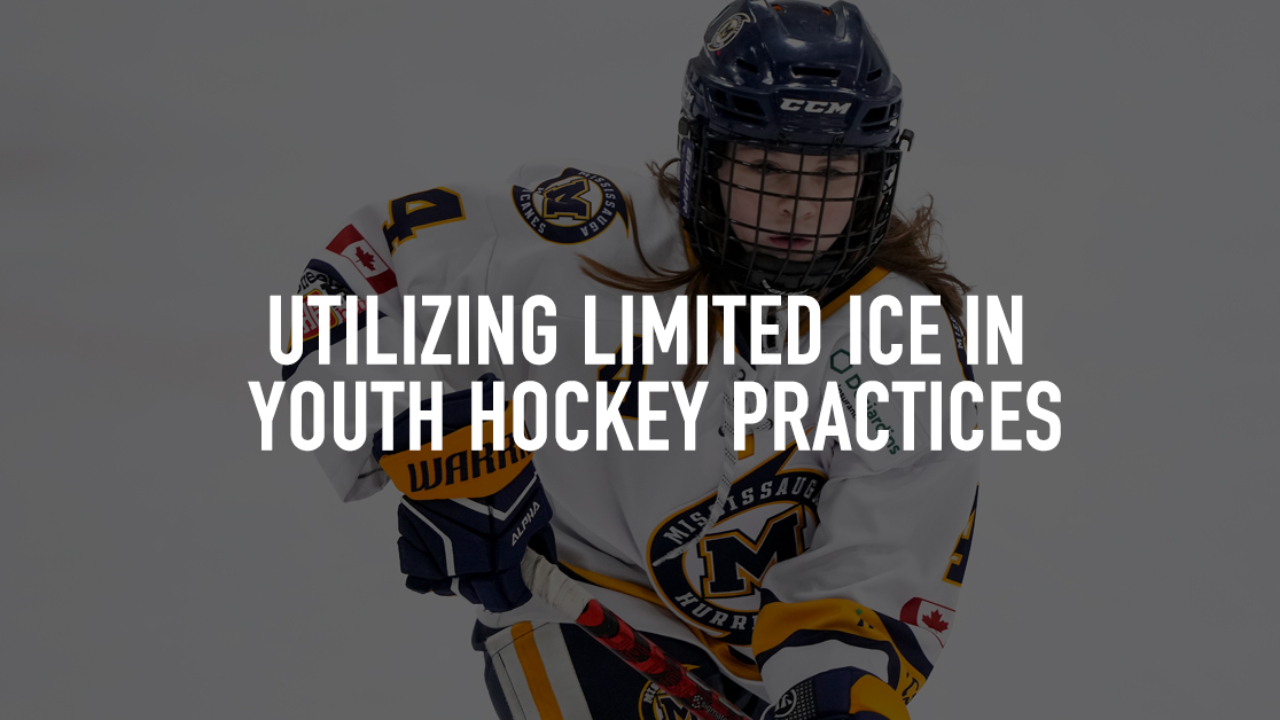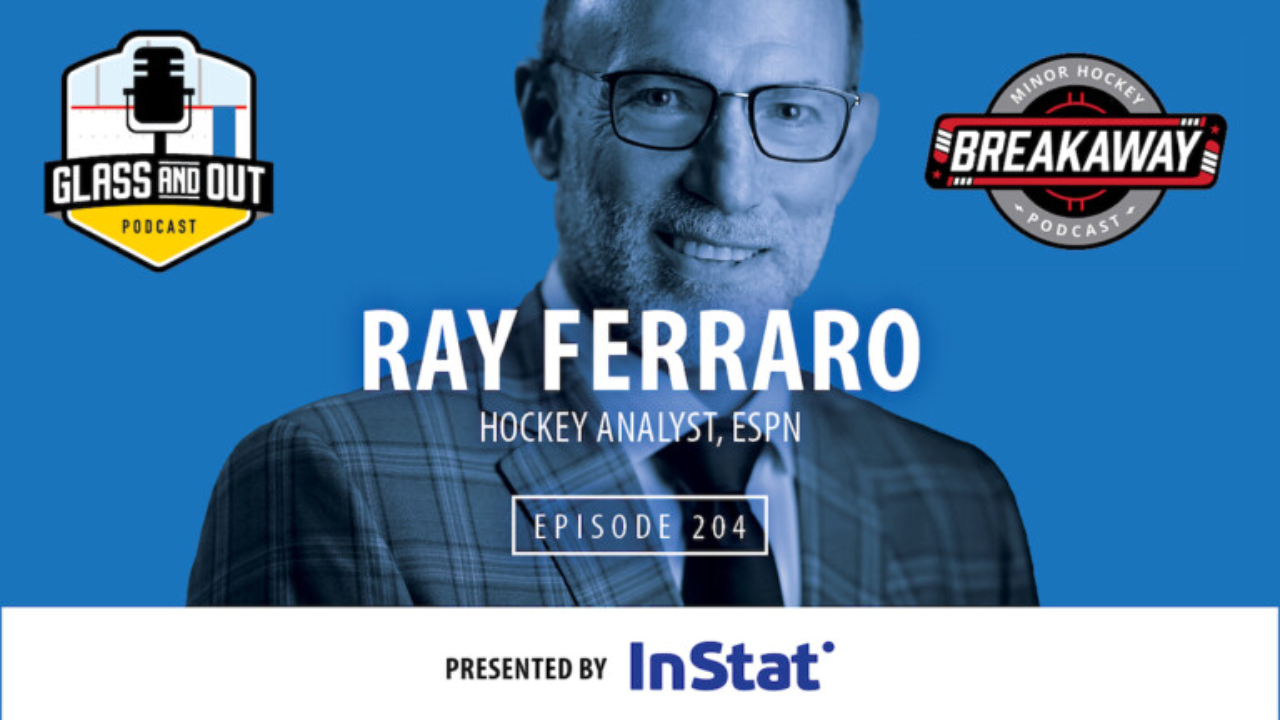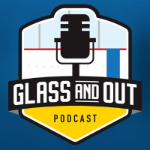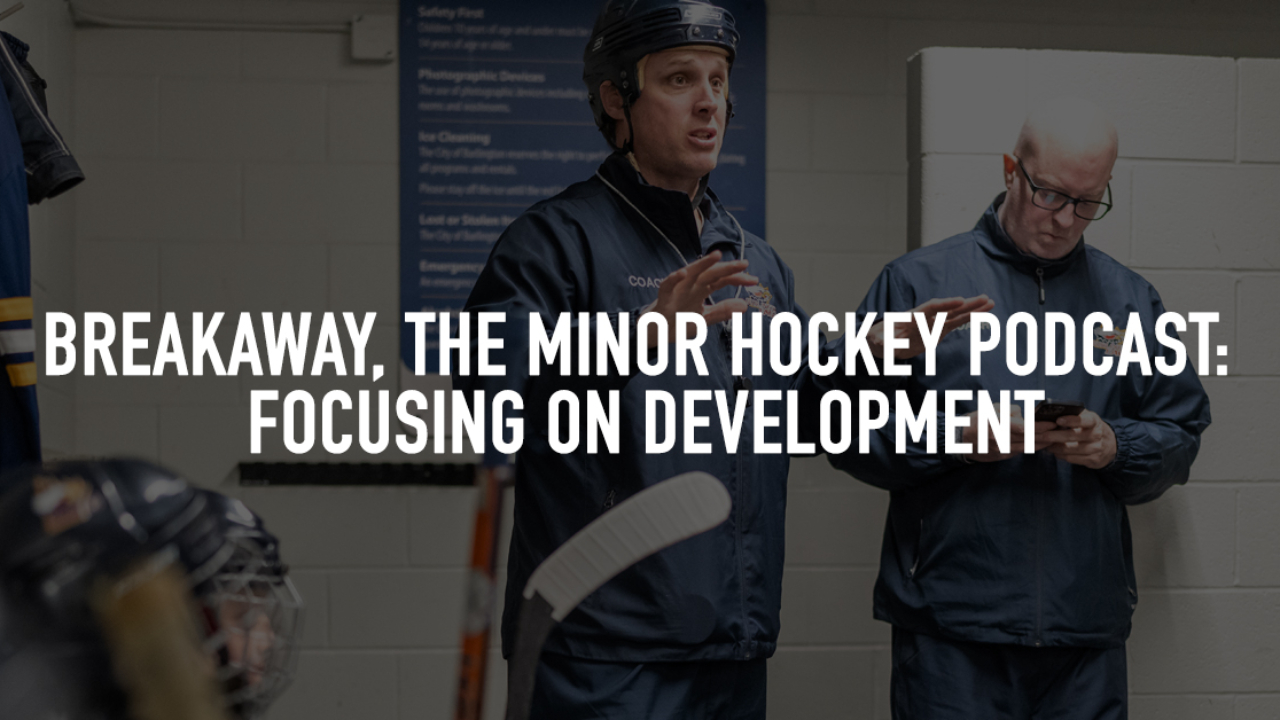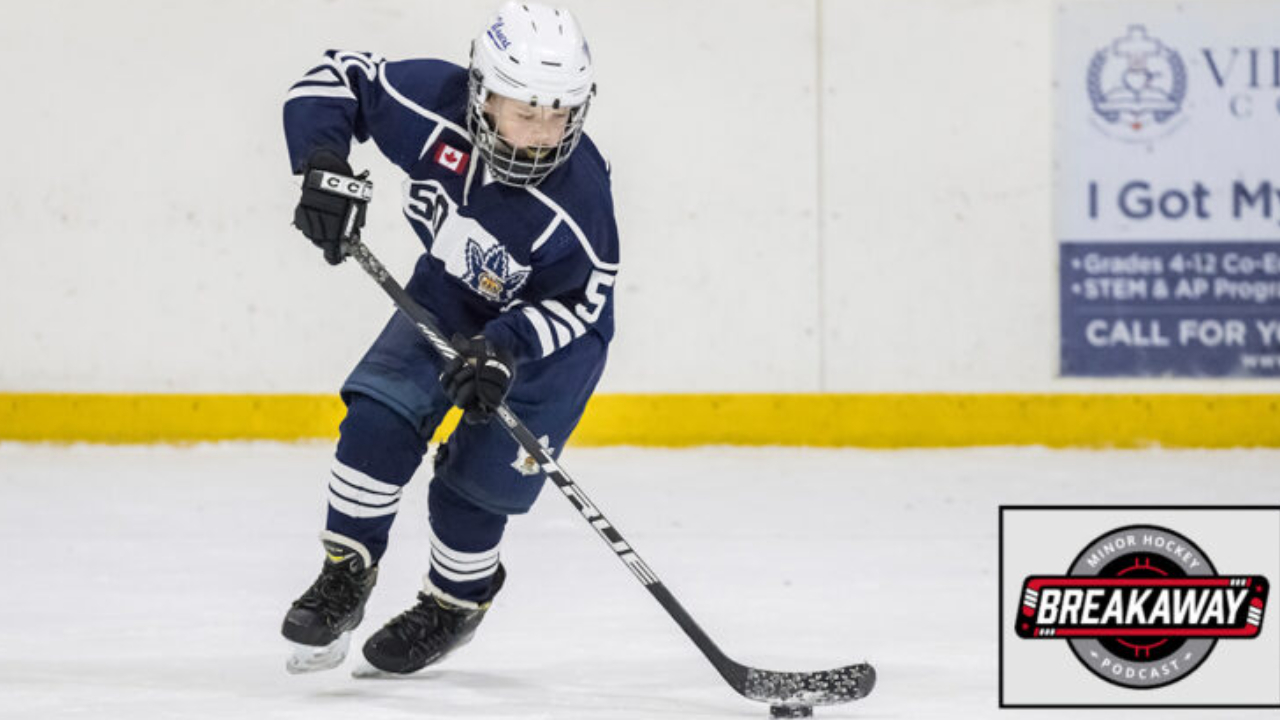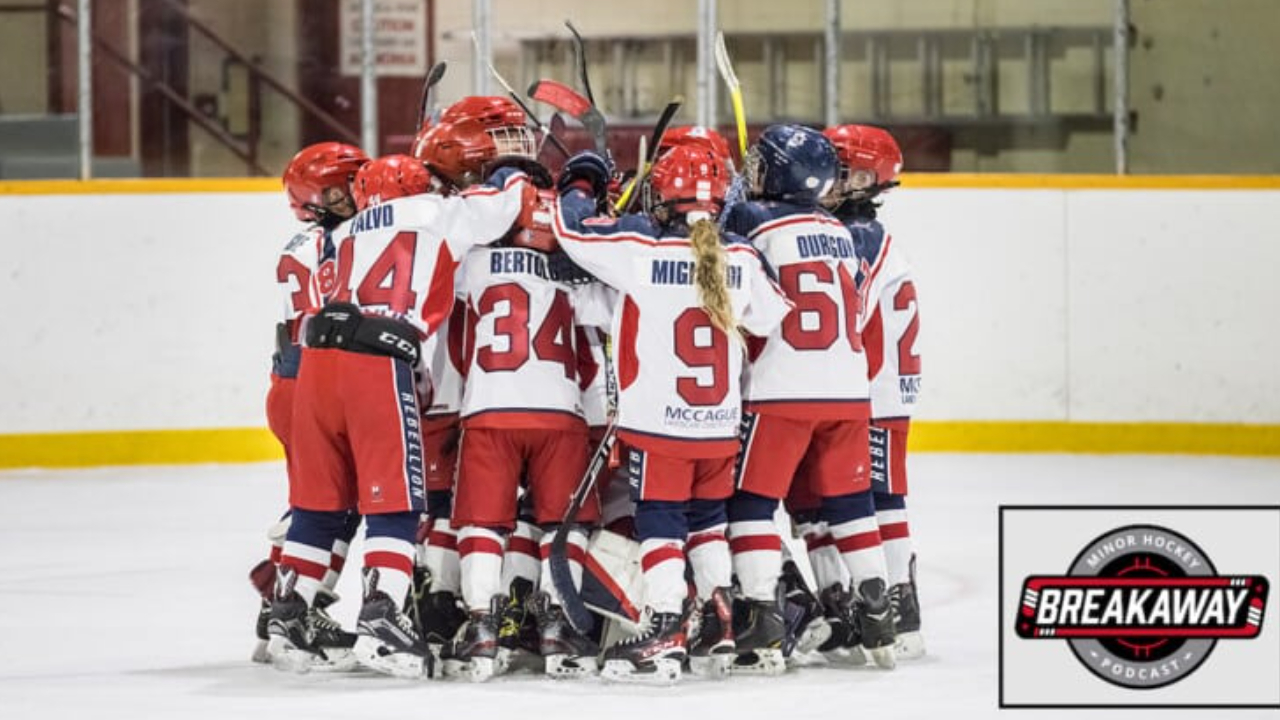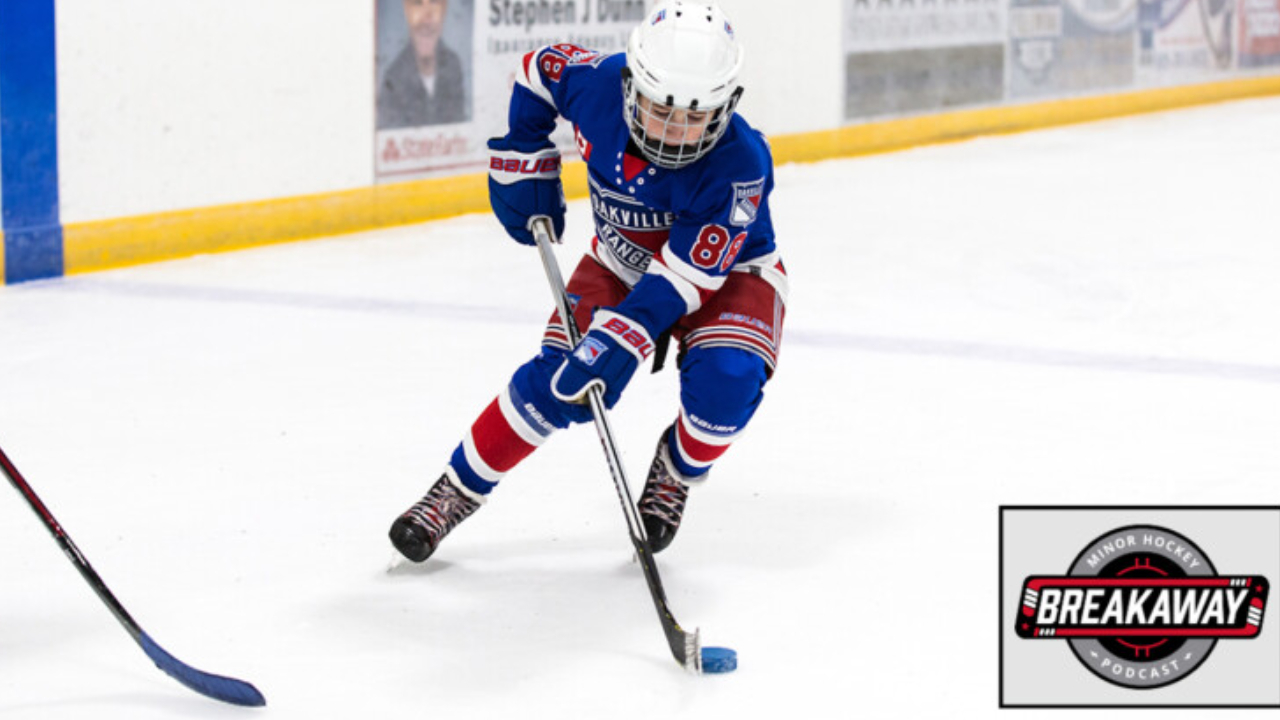
How can modified ice hockey benefits the game's youngest players?
Subscribe: Apple Podcasts | Spotify | Google Podcasts
The Coaches Site is proud to welcome the OMHA’s Breakaway, the Minor Hockey Podcast to our network of podcasts! Stay tuned for weekly episodes, as Aaron Wilbur and Ian Taylor sit down with the leaders of hockey to discuss everything from scoring more goals to how to grow the game from the minor hockey perspective.
If you, as an adult, visited an elementary school anywhere in the country, you’d see chairs that were too small for you to sit on or shelves that were too low for you to use.
But for any grade school child, they are at the perfect size and height.
When it comes to hockey and U9 and Below, the same thought process exists: let’s make the playing area age-appropriate to match the players.
For sports, this isn’t limited to hockey either. Kids who play tennis begin on a smaller court with lighter balls, just like the blue puck. Soccer is played on a smaller field area, just like modified ice. In basketball, the hoops are lowered.
While players are still learning the basics of skating and stickhandling, there is the option for coaches to use practice time to help teach some of the notions of gameplay.
“Practice is an opportunity. You can start introducing concepts and spacing for players and support and all these skills,” said Ian Taylor, Executive Director of the OMHA. “These are things we can teach in our drills in practice so that you can use them in a game.”
As players still become comfortable with changing direction and transitioning, balancing and angling, they can use this smaller surface to even further enhance these traits with real-life action.
“I think the other thing that gets missed in changing to full ice from modified ice is kids at a younger age are having those moments of incidental contact. They’re getting comfortable being pushed off balance or bumping into one another,” said Michael Dundas, Manager of Hockey Development. “When you play in a full ice game and you’re chasing all the time, it’s almost like you’re doing a power skating session on you’re own.”
On frozen lakes and small ice surfaces, players need to protect and battle for the puck while using skating maneuvers in tight areas. When the ice surface expands, players don’t get those chances for transition, balancing or learning how to protect the puck because of the fewer puck touches and passing and shooting opportunities.
“The moment when you do go to full ice at U9, when we transition and forevermore, the ice surface from that point on is getting smaller because players are getting bigger and faster,” said Taylor.

